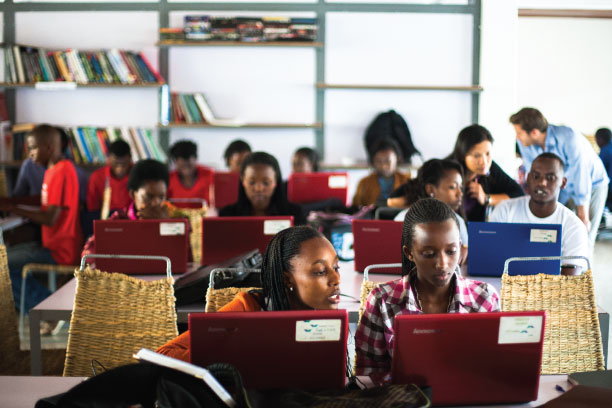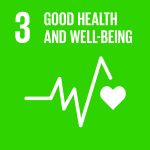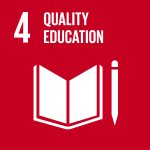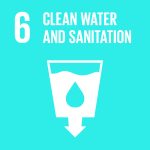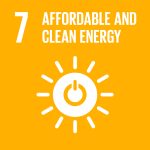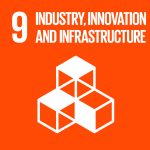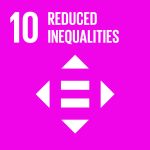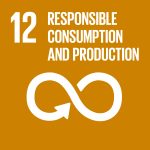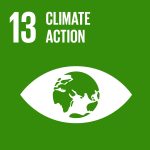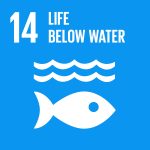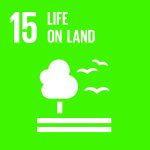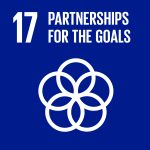Esta web utiliza cookies para que podamos ofrecerte la mejor experiencia de usuario posible. La información de las cookies se almacena en tu navegador y realiza funciones tales como reconocerte cuando vuelves a nuestra web o ayudar a nuestro equipo a comprender qué secciones de la web encuentras más interesantes y útiles.
Adapting SDG Academy Course to the Institutional Learning Curriculum
Description
Institution
Organizations/areas of the university involved
Providing affordable and quality higher education to produce graduates capable to meet the labor needs in their developing economies.
Country
Rwanda
Kepler is a competency based university program that employs blended learning model. We partnered with SDSN / SDGs academy to use some of its course content to teach our students. To do so, we started with one course named: “Global Public Health” and later “Human Rights, Human Wrongs”. We decided to adapt the content of the above courses from SDG academy platform to our teaching model to help students internalize the learning from the course content materials. We have decided to use SDG academy courses content as they are much connected to SDGs which are the framework and big lines for sustainable development of countries and communities across the world. We did this with a sense of creating awareness among college students for them to get used with SDGs, explore the global trends and identify how are they are connected to SDGs including making a call for action to orient their thinking and mobilize others to promote the wellness of the society through SDGs.
As the content of the SDG academy is mostly offered in form of MOOCs while our students had to take the content in form of modular class through face-to-face instructions; the instructors have gone through the content of selected courses and designed basics instructions of how they could be taught. They created some lesson plans; identified additional materials to facilitate the instructions of the course content. Throughout the course of learning, students are challenged to reflect on SDGs and connect them to the context they know better. Besides, they are given feedback from both instructors and their peers. Towards the end, students are given closing work or project in order for them to connect the dots from the learning across various topics and materials covered.
Results and impact measured or expected
We expect our students maximize the learning from the content and get familiar with SDGs and how they are connected to different aspects of our daily life. We noted student’s engagement in the learning process. “I like the way we were provided transcript for the pre class videos to help us access the materials in a timely manner. I also liked the case study/ scenarios reviewed in classes that widen our thinking on global public concerns and suggestions on what can be done to tackle those issues”, one student added in the closing feedback to Global Public Health course.
Students completed the course with an open mind about SDGs. We have strong beliefs that they are well positioned to connect them to the needs of the communities across various sectors and do necessary advocacy through their internships or jobs and even in their personal business projects.
Connection with the SDG framework
We orient the learning from course content to SDGs. E.g. in one class of GPH; students did a reflection to answer these two questions.
– Identify the major SDGs which are more reflecting the need of global efforts to deal with Global public health issues
– In what ways do you think they can push countries, institutions, and societies to design the strategies to deal with public health issues?
The responses provided, point out mainly goals 3; 15; 13; 10; 9; 14; 12; 17; 4; 6; 7; and 2 to be associated with the need for global efforts to address public health issues. Additionally, SDGs are the integrative part of the adjusted instructions of the course as it is illustrated in the objectives below
– Students will be able to establish a connection between human rights and sustainable development.
– Students will be able to demonstrate how observing human rights can lead to achieving Sustainable Development Goals
Barriers and follow up
Some materials were too long to cover. E.g. having a video of 15 minutes or above where students have to cover 3 -4 video based on the session, is too much information that cannot be digested easily especially for kinesthetic learner. We had discussion board with guiding questions where students would share the learning from assigned materials, post any questions or concerns they faced and comment on the post of their peers. We created scenarios based on the context students know better and we diversified in-class activities along with providing examples to support students learning from course materials.
Students had to cover many topics (e.g. in GPH) and some of them could stand on their own as a separate course. We created closing work for the students to connect the dots from the learning and review the big picture of the course.
Education 4 SDG funciona gracias a WordPress
